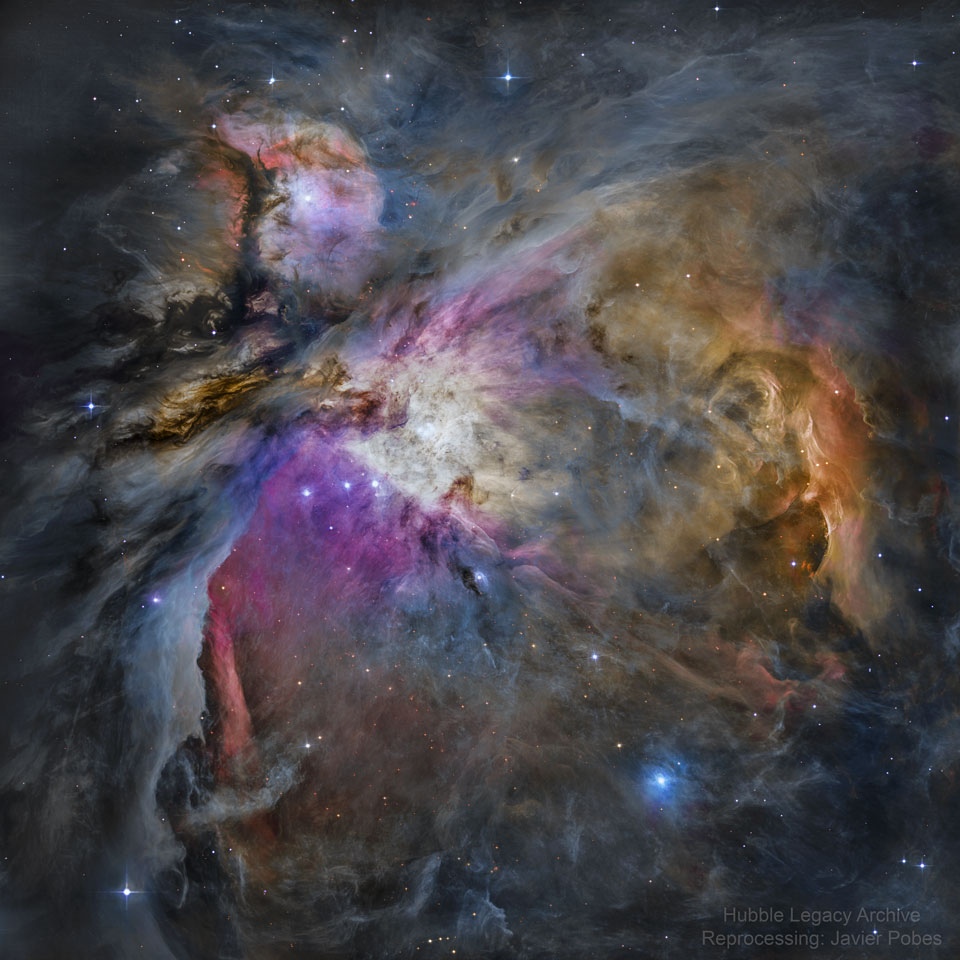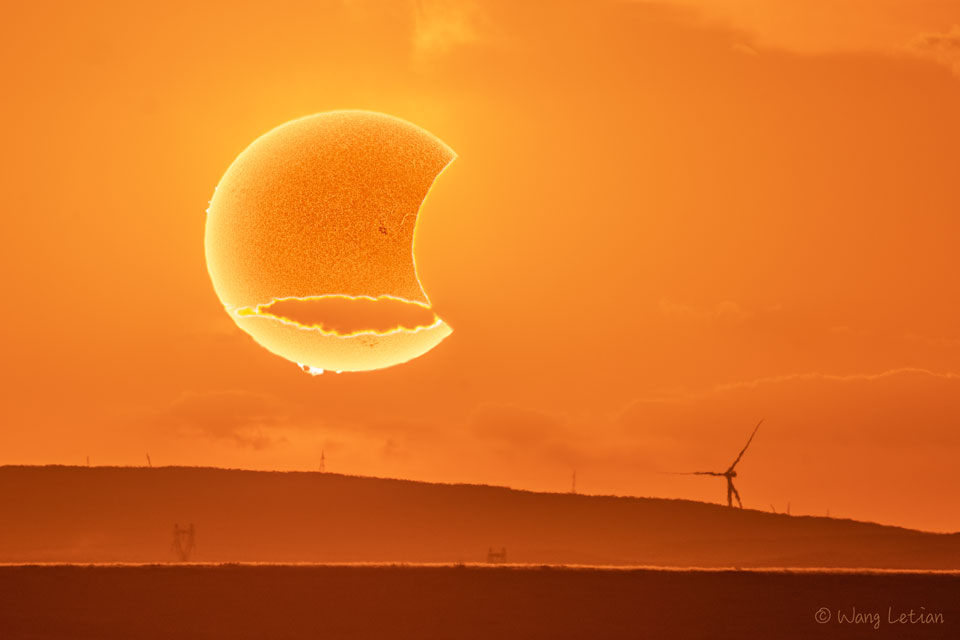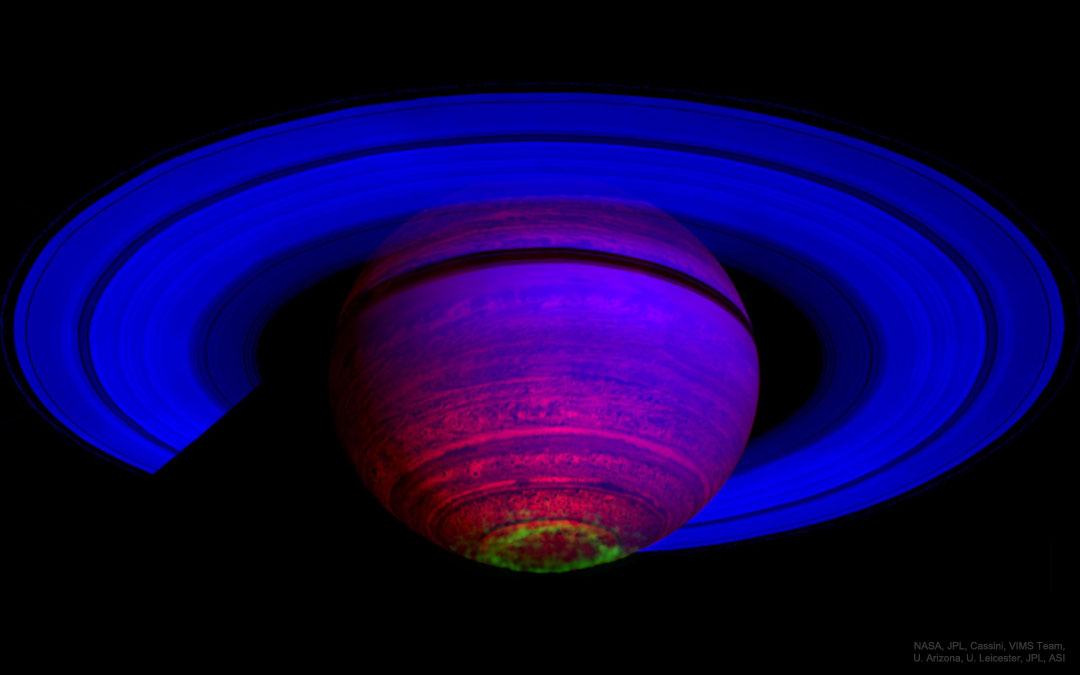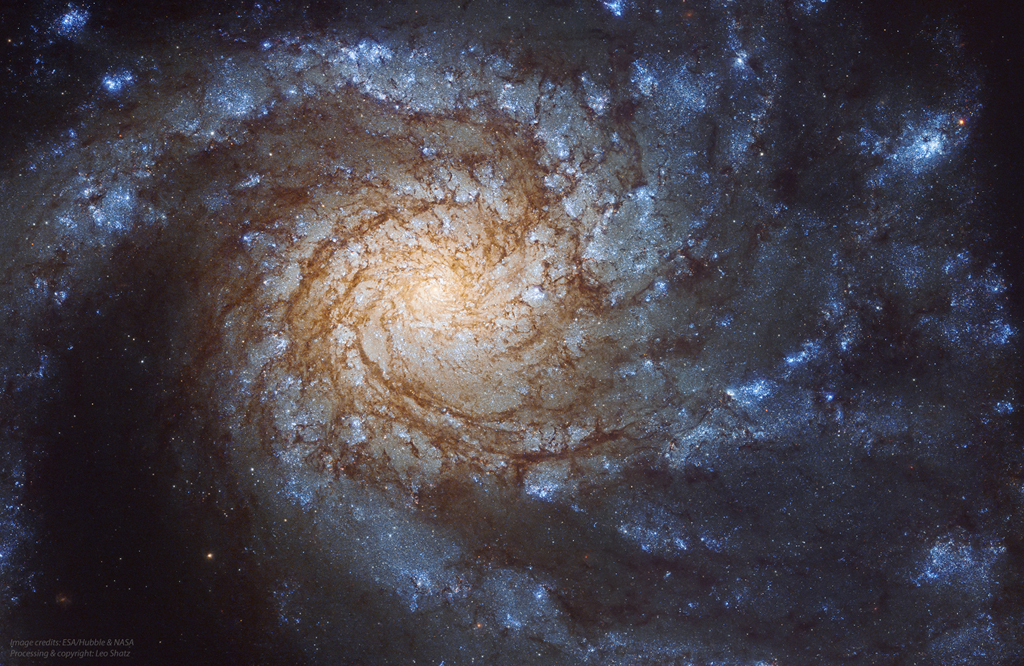
How did the first stars form? To help find out, the SPHINX computer simulation of star formation in the very early universe was created, some results of which are shown in the featured video. Time since the Big Bang is shown in millions of years on the upper left. Even 100 million years after the Big Bang, matter was spread too uniformly across the cosmos for stars to be born. Besides background radiation, the universe was dark. Soon, slight matter clumps rich in hydrogen gas begin to coalesce into the first stars. In the time-lapse video, purple denotes gas, white denotes light, and gold shows radiation so energetic that it ionizes hydrogen, breaking it up into charged electrons and protons. The gold-colored regions also track the most massive stars that die with powerful supernovas. The inset circle highlights a central region that is becoming a galaxy. The simulation continues until the universe was about 550 million years old. To assess the accuracy of the SPHINX simulations and the assumptions that went into them, the results are not only being compared to current deep observations, but will also be compared with more direct observations of the early universe planned with NASA’s pending James Web Space Telescope. via NASA https://ift.tt/2SE3PQU








